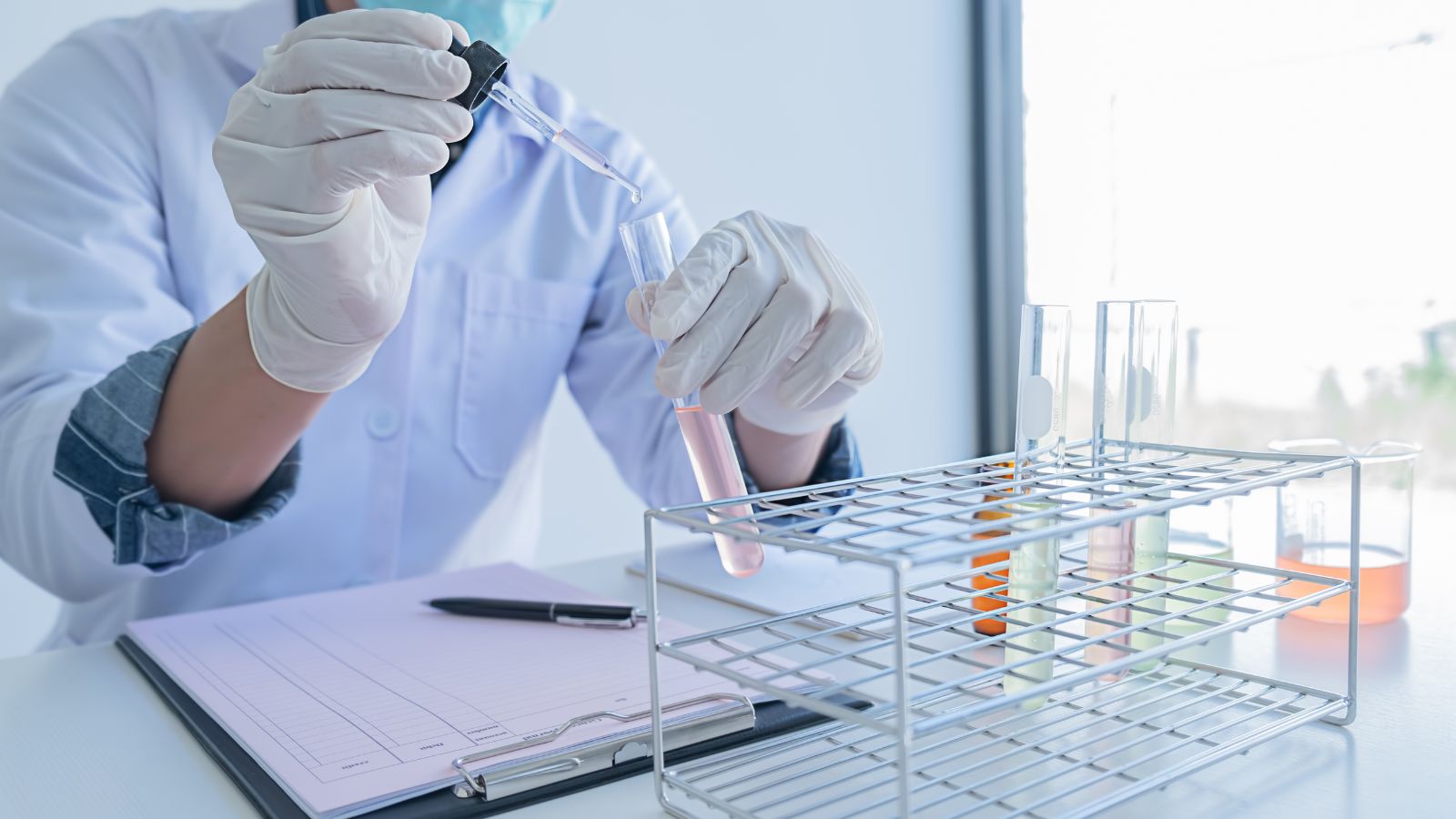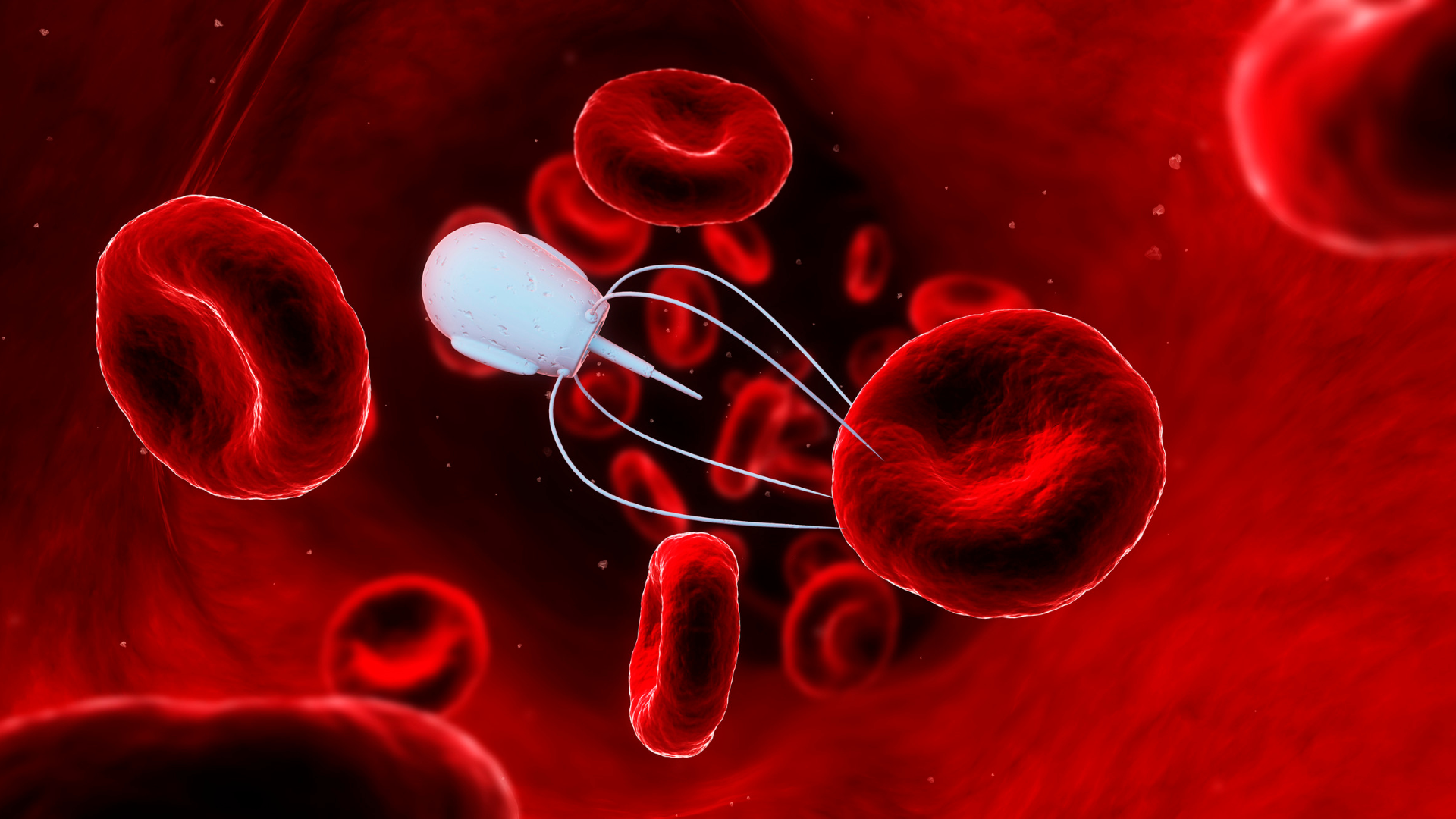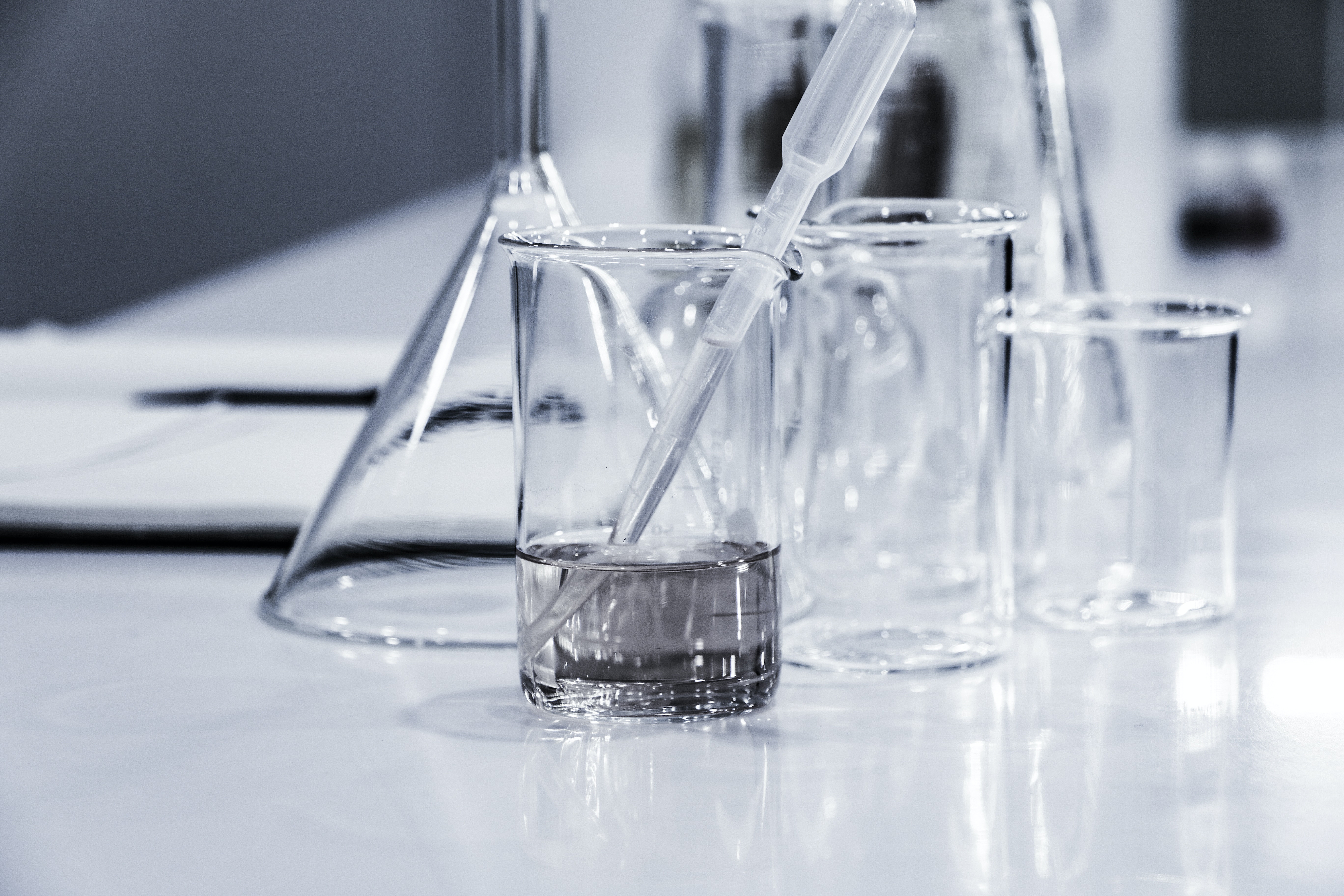Advanced Formulation Development Strategies & Towards Sustainable Lyophilisation

In the ever-evolving landscape of pharmaceutical manufacturing, the development of advanced formulation strategies has become crucial for optimising drug delivery, stability, and patient outcomes. Discussing the development and implementation of advanced formulation strategies, including toward sustainable lyophilisation, was the panel at Oxford Global’s Pharmaceutical Lyophilisation Symposium 2022.
Moderating the discussion was Tim Dutill, a Senior Scientist at Merck & Co, whose experience centres on vaccine product development. Kristien Janssen, a Lead Engineer of Freeze Drying at Pfizer, has worked in the engineering department for over 20 years, where she handles validating freeze-drying equipment. Also joining the panel was Dr. Akash Chaurasiya, an Assistant Professor in Department of Pharmacy at Birla Institute of Technology and Science Pilani, Hyderabad Campus, India. Chaurasiya has 15 years of experience in formulation development, primarily in the area of injection product development and lyophilisation.
Formulation Design Approaches: How do You Start with Formulation Development?
When asked how he begins the formulation development process, Dr. Chaurasiya said that the key point to consider was the purpose of lyophilisation itself. Further considerations that he introduced were the simplicity of the formulation, stability assurance, and guaranteeing that it is free of defects such as collapse or microcollapse. Each of these considerations will contribute to the quality attributes of the final formulation: it should be free from any particulate matter, sterile and pathogen free, and have a minimal/suitable water content.
To achieve this, Dr. Chaurasiya said that formulation scientists will look at relevant studies and follow the sublimation principle. This involves identifying the critical temperature. There are many techniques by which to do this, such as freezing or differential scanning calorimetry (DSC). Furthermore, Dr. Chaurasiya stress that excipients need to be chosen wisely, “such as protectants, bulking agents, isotonicity agents, and excipients that maintain pH.”
RELATED:
- “Stability Can be a Problem” — Dealing with Nanoparticle Stability Challenges in Drug Formulation
- Collaborative Drug Design Strategies for Broadening Approaches to Formulation and Delivery
- Long-Acting Injectables: Machine Learning in Drug Formulation and Therapeutic Development
A limitation of lyophilisation is the fact that it is an inefficient and expensive process. “The role of a formulation scientist and the various emerging novel techniques are to develop a suitable recipe that can lyophilise a product quickly without compromising stability,” explained Dr. Chaurasiya. For this, all the parameters need to be considered to serve manufacturability and stability.
Advanced formulation technologies can help mediate the desired efficiency. Emphasising freezing, Dr. Chaurasiya supported controlled ice nucleation for lyophilisation: “The better controlled the nucleation, the bigger the ice crystals. These can be removed faster which leads to a more stable formulation.” He also mentioned cosolvents that can help in this regard: “There are many cosolvents which allow us to prepare the bulk solution at a lower temperature or increase the solubility of the product.”
There is a plethora of innovations that are currently being applied to advanced formulation development. Those that Dr. Chaurasiya mentioned included smart dryers, tunable diode laser absorption spectroscopy, and manometric temperature measurement (MTM). Furthermore, lyophilisation is also finding itself being applied to other areas such as vaccines, nano formulations, micro formulations, gene therapy, even oral formulations.
Digital Approaches for Formulation and Process Design
Janssen then commented upon the digital approaches that have been utilised for advanced formulation development. She said that Pfizer’s R&D department used a theoretical model for cycle development which was based on the formulation and the characteristics of the freeze-dryer. Here, the model factors in the minimum controllable pressure that the freeze-dryer can handle for its sublimation rate and Kv of the container.
From here, the model can predict a cycle which is suitable for the formulation that the freeze-dryer can handle. This contrasts previous approaches that have heavily relied on trial and error to find the right cycle for the freeze-dryer.
Dutill then asked Janssen whether Pfizer were developing digital manufacturing twins to increase the speed and efficiency of lyophilisation product and process development in manufacturing productivity. “This model can definitely be used for that; you can optimise your model and then test it in reality,” said Janssen. Computational fluid dynamics (CFD) modelling is another method which can be employed : “I’ve seen a freeze-dryer supplier doing CFD modelling to see if the sublimation is high enough, and to see if the design of the equipment should be changed before building it. So they’re starting to use it, and it proved successful.”
Formulation and Process Development: Challenges Introduced by New Product Types
New formulation and process development product types can increase efficiency but also come with their own set of unique challenges. Dr. Chaurasiya said that most molecules that require lyophilisation have stability issues – particularly thermal stability and oxidative stability. Here he said that bulk solution preparation would be one of the biggest challenges.
Janssen asked whether this could be aided by the next generation of freeze-drying technologies, such as spin freeze-drying or spray freeze-drying which freeze the product a lot faster than a classical freeze-dryer.
The upside of spin freeze-drying is the fact that it uses a continuous freeze-drying process: “That’s good because the freeze-drying is process very dynamic,” said Dr. Chaurasiya. This means that concentration of the masses keeps changing as the water vapor evaporates. He suggested that the merging of technologies like spray drying or spin drying would definitely be helpful: “I believe a lot of innovation is going on in this particular area.”
Commercial Limitations of New Technologies
On the subject of these new technologies’ commercial considerations, Janssen said that spin freeze drying will be more applicable to smaller volumes of high-priced products. “The technology at the moment isn’t suited to a large scale because you always need a position to spin your system and pass it through to the next station.”
On the other hand, spray freeze-drying is much better optimised for bulk production and in Janssen’s opinion could be even more effective than a classical freeze dryer. “This is because you can freeze your product alone rather than with a classical freeze-dryer where you need to include your vials and so on,” she said.
Other advantages of spray drying include more efficient energy use and not having to dose your product from the beginning, “you can dose it after it has been freeze-dried,” said Janssen. Moreover, spray drying is able to produce a large bulk of product which can be divided into different containers depending on the required strength – “so there are definitely advantages in the new technologies.”
Advancing Sustainable Lyophilisation with New Technologies?
Yet another advantage of new lyophilisation technology is its superior sustainability and lowered impact on the environment. Spray freeze-drying has the potential to make more products in one cycle compared to a classical freeze-dryer: a batch can be produced in a single run rather than two separate runs which consumes half the energy. There are still impactful parts of the process such as the need for liquid nitrogen in the freeze drying process and the use of air coolers for sublimation, but increased efficiency “is definitely an advantage for sustainability,” noted Janssen.
Dr. Chaurasiya also commented on the sustainability strategies that are being used to improve formulation development. He said that “we always try to develop our formulation recipe with a minimal time requirement action so that it can be really sustainable.” In such cases, the main focus of a formulation scientist is understanding the critical temperature due to its importance in lyophilisation cycle design.
The changes in the critical temperature over the course of lyophilisation is something that is very important to understand. Herein, manometric temperature measurement technology such as different types of pressure gauges are useful for developing an efficient lyophilisation cycle which allows it to be sustained for a longer period of time.
The panel at the Pharmaceutical Lyophilisation Symposium 2022 highlighted the significance of advanced formulation strategies in pharmaceutical manufacturing. It is evident that optimizing drug delivery, stability, and patient outcomes relies on careful consideration of formulation simplicity, critical temperatures, excipient selection, and the adoption of digital approaches.
At Formulation & Delivery, learn from and meet leading experts in pharmaceutical science, addressing the critical strategic advances and technical innovation in formulation, drug delivery and drug product development.
Welcoming key leaders across two cutting edge programmes highlighting new strategies for optimising biologic and chemical formulations, the latest developments in drug delivery and combination products, and the novel developmental strategies and technologies for a range of innovative new therapeutic modalities.







